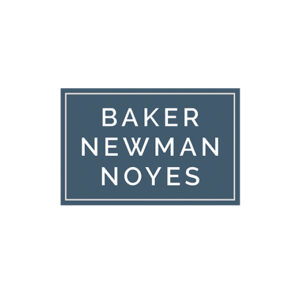The Big Beautiful Bill and the Healthcare Industry

President Trump’s Big Beautiful Bill (BBB) was signed into law on July 4, 2025, and contains many direct and indirect healthcare provisions. This article outlines some lesser-known provisions that may have implications for healthcare organizations. Our list below is a snapshot and our team is always happy to discuss these matters in more detail.
New treatments for healthcare provider taxes
Original Draft -Sec. 44132. Moratorium on new or increased provider taxes
This provision would prevent new State provider taxes and/or freeze existing provider tax rates at their level at the time this proposed legislation is signed into law. The only caveat is if there was federal legislation that either implemented new or increased rates, then those would be allowed.
Final Bill – Sec. 711115 – Provider taxes
Freezes each state’s Medicaid provider tax rates at current rates until 2028. For non-expansion states, the existing state Medicaid provider tax rate can continue under current thresholds, but they cannot be adjusted. No new provider taxes may be added now that the BBB has been signed into law. This section appropriates $20 million to HHS for implementation.
Uniform tax requirement for Medicaid provider tax
Original Draft – Sec. 44134. Requirements regarding waiver of uniform tax requirement for Medicaid provider tax
This provision seeks to provide clarification as to when and how states must use uniform data to set the provider taxes. In addition, this provision clarifies what a Medicaid and non-Medicaid taxable unit is.
Final Bill Sec. 71117. Requirements regarding waiver of uniform tax requirement for Medicaid provider tax
The final bill did not make any material changes to the original draft provisions.
What got cut?
The following provisions were in the original BBB but were not included in the final enacted bill.
Sec. 44303. Delaying DSH reductions
This provision moved the Medicaid DSH reductions from FFY 2026 to FFY 2028.
Sec. 111201. Expanding the definition of rural emergency hospital under the Medicare program
This provision sought to expand the criteria and opportunities for hospitals to qualify as a rural emergency hospital (REH). The expansion requirements included provisions for REH’s that are located within 35 miles of a CAH and/or PPS hospital by adding specific qualifying criteria.
In addition, beginning January 1, 2027, any hospital that had closed, but that had been a CAH or small rural hospital (under 50 beds) from January 1, 2014, through December 26, 2020, would have been eligible (if they met the required criteria) to reopen, if approved, as an REH. The current legislation states that these facilities had to have been either a CAH or a small rural hospital (under 50 beds) as of December 27, 2020.
Our team continues to review the healthcare provisions in the bill and will monitor for revised or additional information in the coming months. Subscribe to our healthcare alerts to receive updates directly to your inbox and contact our team if you have questions or are looking for support.
Disclaimer of Liability: This publication is intended to provide general information to our clients and friends. It does not constitute accounting, tax, investment, or legal advice; nor is it intended to convey a thorough treatment of the subject matter.
